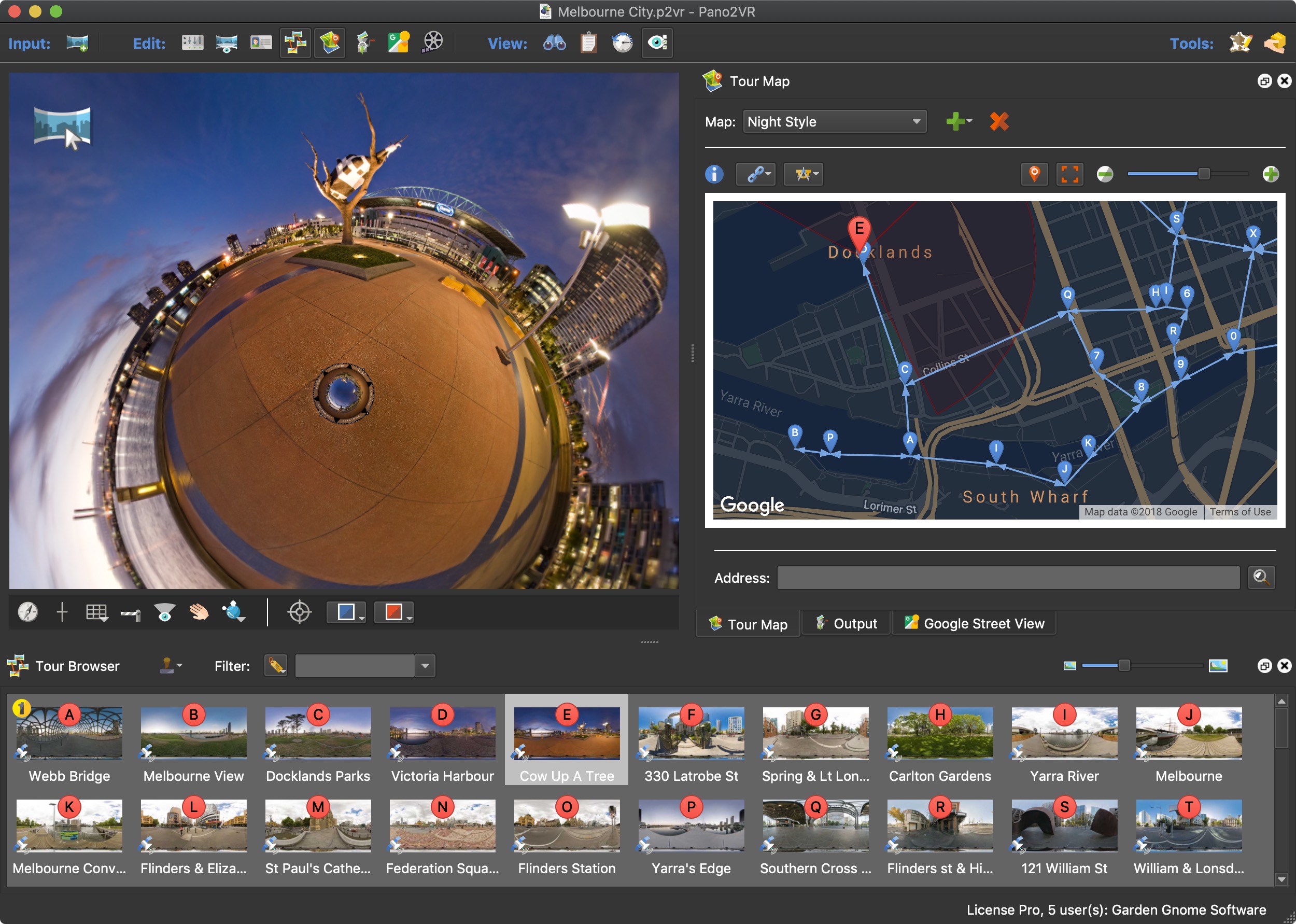

Traditionally, 3D Real Estate Tours are for selling spaces, giving people a full and complete view, complete with built in tape measure. 360 degree panoramic images, on their own, are lovely- and even offer customization in programs like Adobe and Topaz. Lastly, the camera take a panoramic image, giving a very literal picture on top of the data, making it easier for the common consumer to digest and use. First, LiDAR range finders get a broad picture, while laser range finders make precise measurements. On Matterport cameras, there is a trio of sensors that are capturing data to render into a digital twin of your space. There are clear and distinct differences between a 3D scan, which presents as a 360 degree panoramic image, and a “plain” 360 degree panoramic. This provides distinct advantages over, for example, 360 degree spherical panoramas, which lack 3D data. This includes taking measurements of spaces, a new and exciting feature for prospective home buyers. We can see how adding a third dimension, we can not only mention how far up and along something is on X and Y axis, but its depth from that point with the Z axis.īy capturing homes with 3D scans, on a 3D Real Estate Tour, the buyer is able to view the entire home, as accurately as current technology allows. While there are others, like GeoSLAM that are taking a larger and larger market share over time, this shouldn’t gesture to Matterport dropping from top of the pile anytime soon, but it is a clear indicator of the growth in the 3D Real Estate Tours awareness and market.Ībove is a mathematical representation of the concept of 3D. Matterport is the largest and most prevalent name in 3D image capture. This increases the total addressable market for the digitization and datafication of the built world to more than $1 trillion.”įor the purpose of this article, we are going to focus on Matterport for 3D Real Estate tours. With the help of artificial intelligence, machine learning and deep learning technologies, Matterport sees additional growth opportunities as the company continues to unlock powerful spatial data-driven property insights and analytics. It also represents the largest undisrupted market with less than 1% digitized. A June 2021 article by Cision says the following on the potential application of Matterport, “The built world is the largest asset class in the world worth an estimated $230 trillion, more than three times the estimated value of all global equities combined. We were focused on a dream of our own: enabling easy 3D capture of the real world”. They can take as little as an hour to produce, meaning they have limited if any impacts on the daily happenings of the space.Īccording to Matt Bell, co-founder of matterport, in a 2016 interview- “…we founded Matterport in 2011, virtual reality was beyond the horizon, a technology that had captured everyone’s imagination for decades but had never delivered. In reality, virtual tours are very cost effective, often costing just a few hundred dollars to make. Second, virtual tours are more or less exclusively for high traffic and other cutting edge spaces, like castles. First, virtual tours are speciality, high cost, limited application assets. We can make three deductions from the history of virtual tours, that would in fact not hold up today. Dudley castle provided this as an explanation of the new phrase, “Virtual Tour a cross between virtual reality and a royal tour”. Opening the exhibit in 1993, the queen’s officials had requested titles and descriptions of each event of the opening of the exhibit.

One of the very first consumers was in fact Queen Elizabeth II of England. We find the origin of the word “Virtual Tour”, in a 1993 exhibit by Dudley Castle, where the viewer was led through the imagined construction in the year 1500. Later, major motion films such as “Star Wars” (1977) and “Tron” (1982) would go on to also utilize CGI, and had cemented themselves as iconic household name sense.

The first motion picture to take advantage of the new computer generated images, now known more commonly as CGI, was a 1973 film called “ Westworld”. Before then came the first computer generated 3D image. 3D Real Estate tours were still a long way off from being not only a concept but an affordable reality. First coming to the scene in the 1900’s, claymation was a cheap if not time consuming method of filming and rendering in real time 3D models.

3D content has been around for over one hundred and twenty years. Despite sage old advice that is no longer relevant, 3D Real Estate Tours are the future of property marketing.


 0 kommentar(er)
0 kommentar(er)
